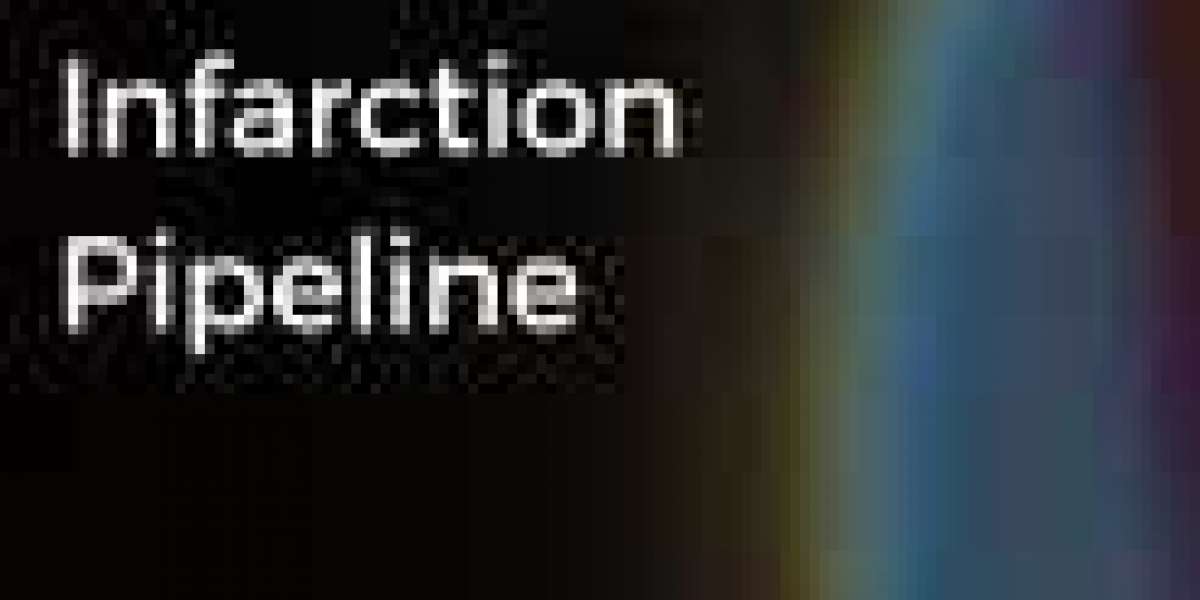Ischemic stroke constitutes a devastating neurological emergency characterized by sequential pathophysiological mechanisms that evolve from initial vascular occlusion through extended neurological rehabilitation. This comprehensive medical framework encompasses distinct yet interconnected phases requiring immediate recognition and coordinated therapeutic response. Understanding these progressive stages enables healthcare professionals to optimize patient outcomes through targeted interventions.
Vascular Obstruction and Perfusion Deficit
The stroke syndrome originates when cerebral arteries experience acute occlusion, typically from thromboembolic material that disrupts normal blood flow patterns. This circulatory interruption immediately jeopardizes downstream neural tissue through oxygen and glucose deprivation. The magnitude of threatened brain tissue correlates with vessel size, anatomical location, and collateral circulation capacity. This primary vascular event initiates all subsequent deleterious processes.
Cellular Metabolic Deterioration
Following perfusion loss, affected neurons undergo rapid metabolic decompensation as oxidative phosphorylation becomes impossible. Cells transition to anaerobic glycolysis, dramatically reducing energy efficiency and generating harmful metabolic byproducts. ATP depletion compromises essential cellular processes including membrane maintenance, protein synthesis, and neurotransmitter regulation. This bioenergetic crisis establishes the temporal window for potential tissue salvage.
Ionic Homeostasis Disruption and Excitotoxic Injury
Energy failure leads to catastrophic breakdown of membrane ion gradients as transport pumps cease functioning. Uncontrolled sodium and calcium influx destabilizes cellular environments while potassium efflux disrupts electrical activity. These ionic imbalances trigger excessive glutamate release, creating neurotoxic conditions that propagate injury to adjacent healthy neurons. This excitotoxic mechanism amplifies damage beyond the primary ischemic core.
Inflammatory Cascade Activation
Tissue injury activates resident microglial populations and recruits peripheral inflammatory cells to the damage site. This immune response serves dual purposes: clearing cellular debris while attempting tissue repair, yet simultaneously releasing cytotoxic substances including reactive oxygen species and inflammatory mediators. The inflammatory milieu significantly influences final lesion size and contributes to secondary brain injury mechanisms.
Blood-Brain Barrier Failure and Cerebral Edema
Progressive tissue damage compromises blood-brain barrier integrity, allowing plasma components to leak into brain parenchyma. This barrier breakdown creates vasogenic edema, elevates intracranial pressure, and potentially precipitates life-threatening herniation syndromes. Increased tissue pressure further reduces cerebral perfusion, establishing a destructive cycle of hypoperfusion and swelling that complicates clinical management.
Symptom Emergence and Clinical Presentation
The evolution from molecular pathology to observable neurological deficits marks the clinical manifestation of stroke. Patients develop acute focal symptoms reflecting the anatomical distribution of brain injury, including motor paralysis, speech disturbances, sensory loss, and cognitive impairment. Rapid symptom recognition activates the Cerebral Infarction Pipeline for systematic evaluation and urgent intervention.
Acute Therapeutic Management
Emergency stroke care prioritizes rapid recanalization through evidence-based reperfusion strategies. Cerebral Infarction Treatment modalities include intravenous fibrinolysis, endovascular thrombectomy, and adjunctive neuroprotective measures. Treatment success depends critically on time-to-intervention, patient selection criteria, and institutional stroke capabilities. These interventions aim to restore circulation and minimize permanent neurological disability.
Neurological Rehabilitation and Recovery
Post-acute care emphasizes functional restoration through comprehensive rehabilitation programming that leverages neuroplasticity mechanisms. Multidisciplinary teams address motor deficits, communication disorders, cognitive dysfunction, and psychosocial adaptation challenges. Therapeutic strategies promote cortical reorganization, compensatory mechanism development, and skill reacquisition through intensive training protocols. This phase requires sustained commitment and coordinated care delivery.
Biomedical Innovation and Drug Development
Advancing stroke therapeutics requires continuous research efforts by specialized pharmaceutical organizations focused on neurological disorders. Cerebral Infarction Companies develop novel therapeutic agents targeting neuroprotection, enhanced reperfusion, and accelerated recovery processes. These companies translate laboratory discoveries into clinically viable treatments that expand therapeutic options.
Clinical Research and Evidence Development
Systematic scientific investigation provides the evidential foundation for optimal stroke management through controlled clinical studies. Cerebral Infarction Clinical Trials evaluate therapeutic interventions across all phases of stroke care, from acute treatment through rehabilitation and prevention. These investigations establish treatment protocols and advance understanding of stroke pathophysiology and recovery mechanisms.
Latest Reports Offered by Delveinsight:
Cart-related Neurotoxicity Market | Eosinophilia Market | Interbody Cages Market | Mammography Devices Market | Moderate Psoriasis Market | Pelvic Organ Prolapse Market | Phenylketonuria Market | Skin Burns Market | Transfusion-dependent Thalassaemia Market | Cancer Vaccines Market | Cardiac Monitoring System Market | Celiac Disease Market | Desmoplastic Small Round Cell Tumors Dsrcts Market | Esophageal Cancer Market | Fetal And Neonatal Monitoring Devices Market Market | Gender Dysphoria Market | Her3 Market | Hernia Repair Devices Market | Neurofibroma Market | Non Alcoholic Fatty Liver Disease Nafld Market | Nosocomial Infections Market | Oxygen Hyperbaric Oxygen Equipment Market | Parkinson’s Disease Market | Phototherapies For Psoriasis Market | Spinal Cord Stimulators Market | Tbi Market | Vascular Graft Devices Market | Vulvar Cancer Market
About DelveInsight
DelveInsight is a trusted provider of life sciences and pharmaceutical market research and consulting, offering actionable insights that empower organizations to make informed decisions. With a commitment to delivering strategic intelligence, DelveInsight serves as a key partner to global pharmaceutical, biotechnology, and healthcare companies looking to excel in an evolving market landscape.
Contact Us
Kanishk
Email: kkumar@delveinsight.com








